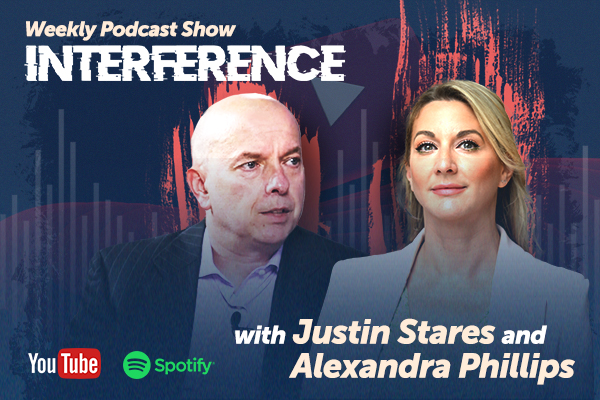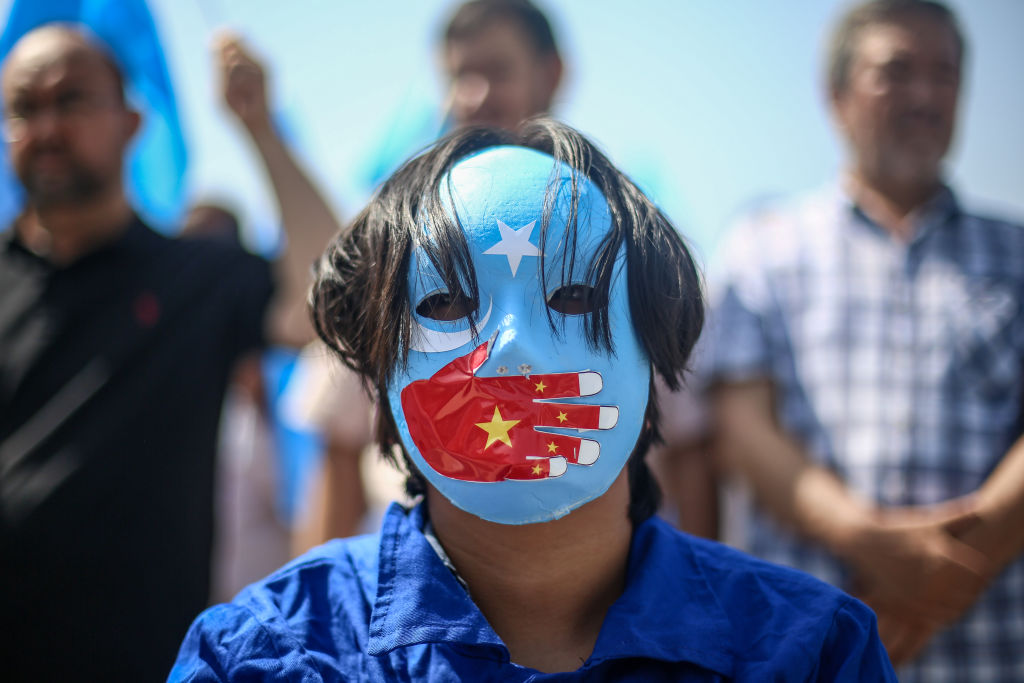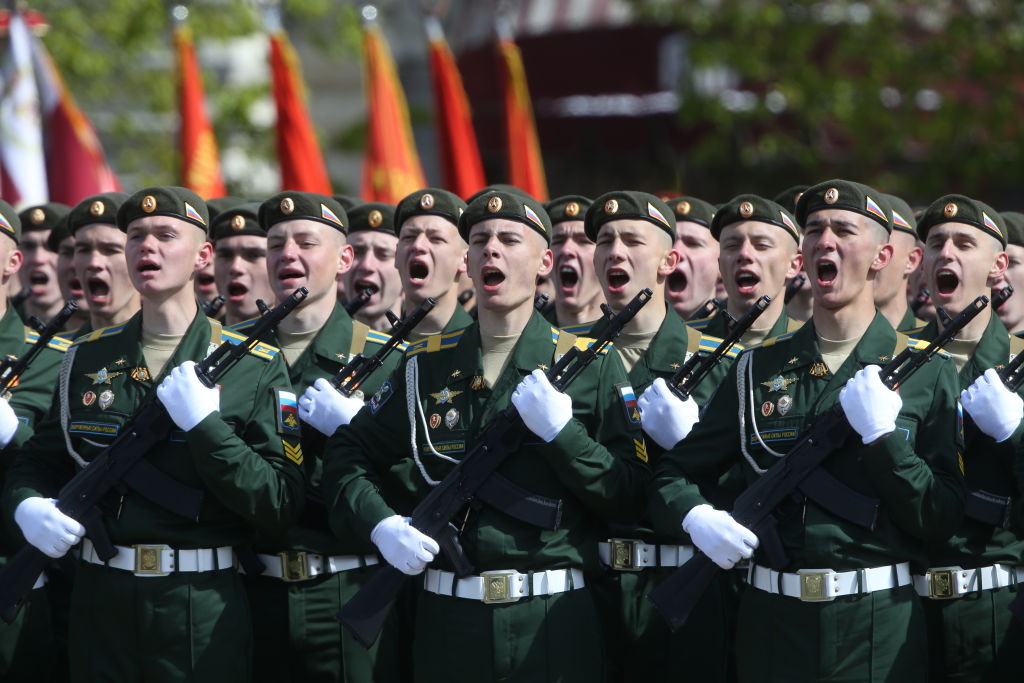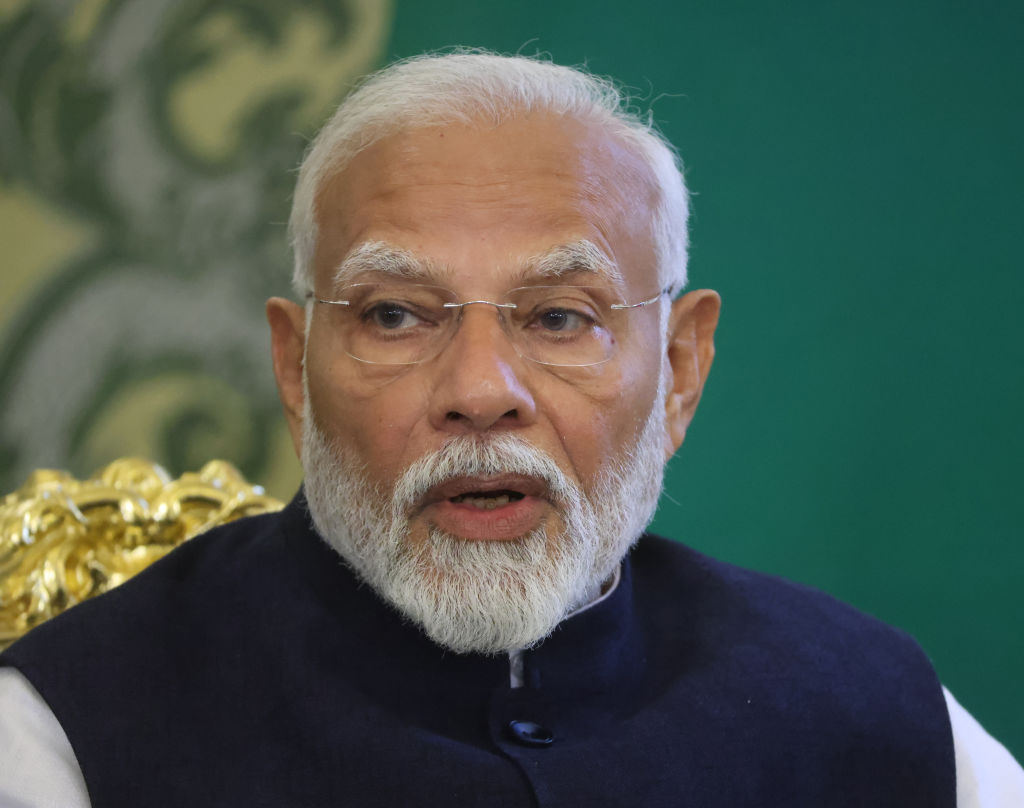Donald Trump is back, and with him comes a foreign policy shift that is ruffling feathers from Brussels to Beijing. His strategy on China suggests that the world’s second-largest economy is now taking Russia’s place as America’s arch-nemesis. So should we brace for a face-off?
With trade wars, investment crackdowns, and a growing bromance with India’s Narendra Modi, Trump is sending a clear message: China, your time at the top is over. Or at least, that’s the idea.
But is Beijing really becoming the new Moscow? Will this shake-up throw the European Union into disarray? And, more importantly, is Trump’s stance just rhetoric, or does it have real teeth?
Trump’s latest moves against China are classic “America First” in action. He is cracking down on Chinese investments in US tech, restricting outbound capital flow and making sure no more American money ends up funding Beijing’s military ambitions. All of this is being done under the banner of “national security”, which in Washington usually means “we don’t like what you’re doing, and we are going to make it expensive.”
Then there are the tariffs. Trump loves a good tariff war, and China is once again in his sights. He is also considering slapping tariffs on European countries that dare to tax American tech giants. The result? A potential economic headache not just for Beijing, but also for Brussels, Paris, and Berlin.
And, of course, there is also Taiwan. While Biden’s policy was all about strategic ambiguity, Trump seems to prefer a more “bull in a China shop” approach. His administration has hinted at closer military cooperation with Taipei, which, predictably, has sent Beijing into one of its usual fits of rage. Expect more sabre-rattling in the South China Sea.
But is China the New Russia, or is it a new kind of headache? For decades, Russia has played the role of America’s favorite villain. But let’s be honest: with an economy smaller than Italy’s and a military largely stuck in a Cold War time warp, Moscow is not the global powerhouse it once was. China, on the other hand, is a different beast altogether.
Unlike Russia, China has the money, the factories, and, crucially, the technological edge to be a genuine challenger to US dominance. Its AI developments and semiconductor industry are making Silicon Valley nervous and Washington is keen to slow down Beijing’s progress before it becomes unstoppable.
So, China is not becoming the new Russia. It is far more dangerous. Moscow can be somewhat contained with sanctions and military posturing. Beijing, on the other hand, has embedded itself into the global economy so deeply that any real confrontation would come at a cost few are willing to pay.
This could be a nightmare for Europe, as it finds itself stuck between Uncle Sam and Emperor Xi. For Europe, Trump’s anti-China crusade presents a dilemma. The EU has been doing business with Beijing for years, with German automakers, French luxury brands, and Italian designers all cashing in on China’s middle class. But now, Brussels finds itself stuck between a rock and a hard tariff.
If the EU sides with Washington, it risks losing access to one of its biggest markets. If it sides with China, it risks US retaliation. And let’s face it, Trump doesn’t do “measured responses”. One wrong move, and suddenly French wine and BMWs could be in the firing line.
Meanwhile, Trump’s apparent rapprochement with Vladimir Putin is adding another layer of complexity. A possible US-Russia peace deal over Ukraine is on the table — one that involves Ukraine making uncomfortable territorial concessions. If this happens, Europe’s entire geopolitical strategy will have gone flop, with Washington and Moscow finding common ground just as Brussels tries to keep the pressure on the Kremlin.
And then you have the Modi Factor. Just when China thought things couldn’t get much worse, Trump decided to make India his new best mate. His meeting with Narendra Modi in February was not just about handshakes and photo opportunities. It was a clear message to Beijing that Washington is backing India as the new powerhouse of Asia.
Modi, never one to miss a branding opportunity, even coined the phrase “MAGA plus MIGA” (Make India Great Again). But this is about much more than calling catchy slogans.
The US-India alliance could reshape global trade, with American firms looking to move supply chains from China to India. That is exactly what the new Europe-India-Middle East corridor is all about: an antagonist to the Belt and Road project. This is bad news for Beijing, and it puts Europe in yet another tricky spot. Does it stick with China, or does it hedge its bets with India?
Trump’s China strategy is bold, brash, and, as always, unpredictable. It could force Beijing to rethink its economic model, it could drag Europe into a trade war it does not want, or it could turn out to be Trumpian theatre: all pomp and show but no global earthquake.
One thing is certain: the days of quiet diplomacy are over. The world is once again in a geopolitical soap opera, starring Trump, Xi, Modi, and now possibly even Putin, with Europe playing the awkward extra. And we are only a couple of months into The Donald’s second term. So grab your popcorn. This show is just getting started.





Trump plays hardball on tariffs, EU plays pretend